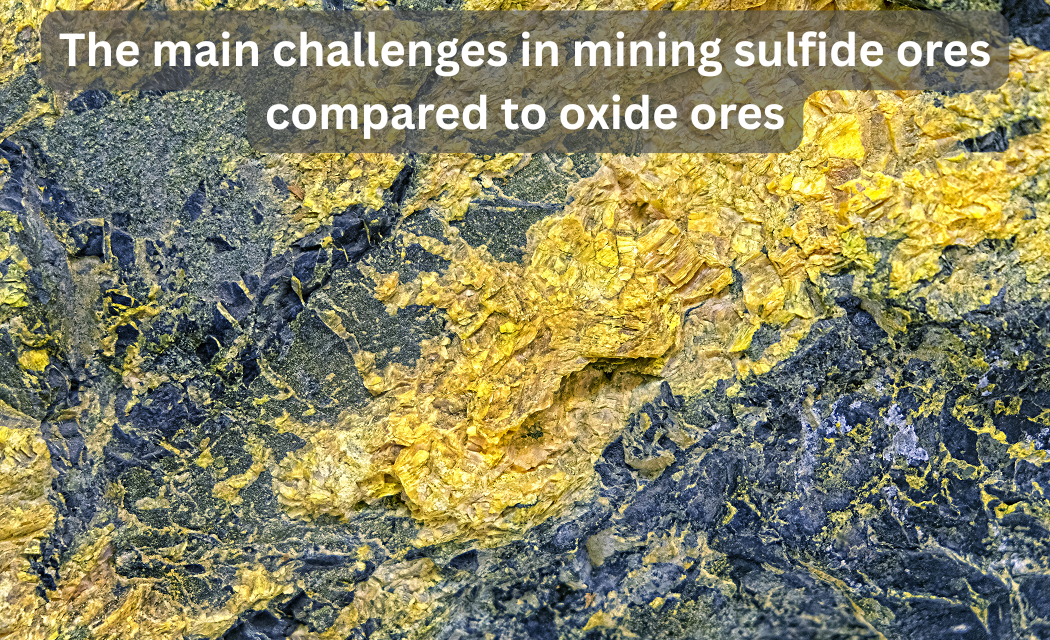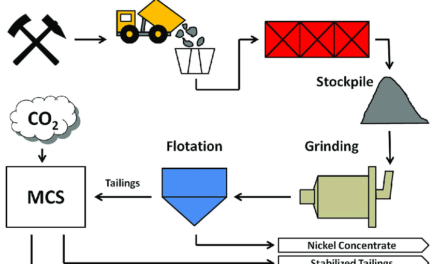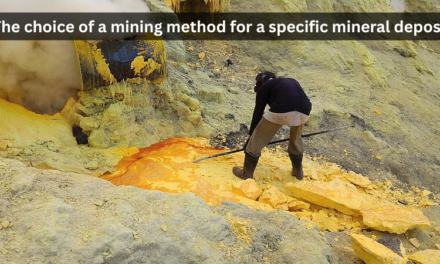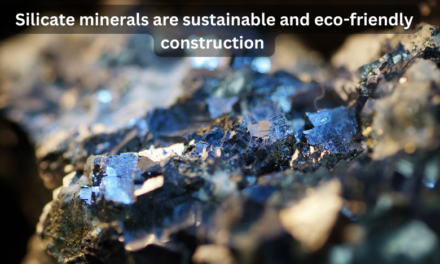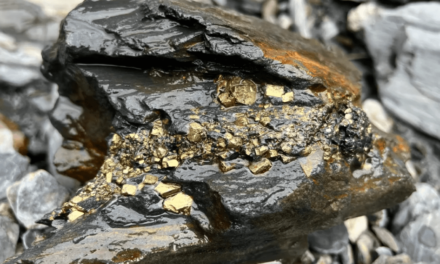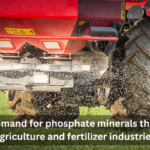Mining sulfide ores presents distinct challenges compared to mining oxide ores, primarily due to the chemical composition, mineralogy, and processing requirements of the two ore types. Here’s a breakdown of the main challenges in mining sulfide ores in comparison to oxide ores:
1. Processing Complexity
- Sulfide Ores:
- Complex Metallurgical Processing: Sulfide ores often require more complex processing techniques such as flotation, roasting, and smelting to extract metals like copper, nickel, zinc, and lead. The extraction of metals from sulfide ores typically involves high-temperature processes to break down sulfide minerals (e.g., pyrite, chalcopyrite) and release the metal.
- Environmental Impact: These processes often result in the production of harmful by-products such as sulfur dioxide (SO₂), which must be managed to avoid air pollution, and acid mine drainage (AMD), which occurs when sulfide minerals react with water and oxygen to produce sulfuric acid.
- Oxide Ores:
- Simpler Processing: Oxide ores, like hematite or malachite, can often be processed more easily through techniques like heap leaching, solvent extraction, and precipitation, which require lower temperatures and energy compared to sulfide ores.
- Environmentally Friendly: The processing of oxide ores tends to produce fewer harmful by-products, especially when cyanide leaching (for gold) or acid leaching (for copper) is involved, though it still poses environmental risks if not managed properly.
2. Environmental Challenges
- Sulfide Ores:
- Acid Mine Drainage (AMD): One of the most significant environmental challenges associated with sulfide ores is the potential for acid mine drainage, which occurs when sulfide minerals like pyrite are exposed to air and water, leading to the formation of sulfuric acid. This acid can contaminate local water supplies and harm ecosystems.
- Sulfur Emissions: Sulfide ore smelting processes release sulfur dioxide (SO₂) gas, which, if not captured or treated, can contribute to acid rain and air pollution.
- Oxide Ores:
- Less Risk of AMD: Oxide ores are less likely to generate acid mine drainage because they do not contain sulfide minerals that can oxidize to form sulfuric acid.
- Dust and Emissions: Oxide ore processing, such as leaching or smelting, can still create dust and emissions, though these are generally less hazardous than the sulfur-based emissions associated with sulfide ore processing.
3. Metal Recovery Efficiency
- Sulfide Ores:
- Lower Recovery Rates: Recovery from sulfide ores often requires more intensive processing methods like flotation (for concentration) and roasting (for smelting). Some sulfide ores, like pyrite, are difficult to treat and may not yield high recovery rates without sophisticated and energy-intensive techniques.
- Refractory Ores: Some sulfide ores, known as refractory ores, are particularly difficult to process because the metal is locked within the sulfide mineral structure and does not easily release. This requires higher energy consumption or advanced techniques like bioleaching or pressure oxidation.
- Oxide Ores:
- Higher Recovery Rates: Oxide ores generally have higher recovery rates using simpler and more cost-effective processes. For example, heap leaching is commonly used for copper oxide ores, which is a relatively low-energy method.
- Direct Leaching: Many oxide ores, especially copper oxides, can be processed directly with cyanide or acid leaching, resulting in higher metal recovery with less energy and fewer steps compared to sulfide ores.
4. Tailings and Waste Management
- Sulfide Ores:
- Toxic Tailings: Sulfide ore processing generates tailings that contain toxic compounds, such as residual sulfuric acid or heavy metals (e.g., arsenic, mercury), which can leach into the environment if not properly contained. Managing these tailings requires careful storage, neutralization, and treatment of potentially harmful substances.
- Water Treatment: Contaminated water from sulfide mines requires significant treatment before it can be safely discharged. This includes neutralizing acidic waters and removing harmful metals.
- Oxide Ores:
- Cleaner Tailings: Oxide ore tailings typically do not contain the same level of toxic substances as sulfide ore tailings. The risks associated with oxide ore tailings are generally lower, making waste management simpler.
- Leaching Residues: The residues from heap leaching or cyanide leaching (for gold) must still be managed, though the environmental impact is generally less severe than with sulfide ore processing.
5. Economic and Operational Costs
- Sulfide Ores:
- Higher Operational Costs: Processing sulfide ores is generally more costly and energy-intensive due to the need for high temperatures, advanced equipment, and chemical reagents in the smelting and roasting processes. Flotation can also be a costly operation.
- Complexity in Extraction: The extraction of metals from sulfide ores requires advanced techniques, which can increase operational complexity and labor costs.
- Oxide Ores:
- Lower Costs: Oxide ores are usually easier and cheaper to process than sulfide ores. Techniques like heap leaching and solvent extraction are less energy-intensive and do not require high temperatures or complex machinery.
- Faster Processing: Since oxide ores are more amenable to direct leaching and do not require roasting or smelting, they tend to have a faster processing timeline.
6. Ore Quality and Geology
- Sulfide Ores:
- Higher Metal Concentrations: Sulfide ores often contain higher concentrations of metals, such as copper and nickel, compared to many oxide ores. However, these ores are often more difficult to process and may be subject to geological complexities.
- Refractory Nature: Many sulfide ores, especially in deeper deposits, are refractory and harder to treat, requiring more advanced techniques.
- Oxide Ores:
- Lower Concentrations: Oxide ores often have lower metal concentrations compared to sulfide ores. For example, oxide copper ores typically contain less copper than sulfide copper ores.
- Easier Access and Processing: Oxide ores are often located closer to the surface, making them easier and cheaper to mine and process.
Conclusion
While sulfide ores are often rich in valuable metals and can provide higher-grade materials, they come with significant challenges in processing, environmental management, and costs. In contrast, oxide ores are generally easier and cheaper to process, with fewer environmental risks, though they often contain lower concentrations of valuable metals. The choice of mining method and processing technique depends on the ore type, metal concentration, and specific environmental and economic considerations.

